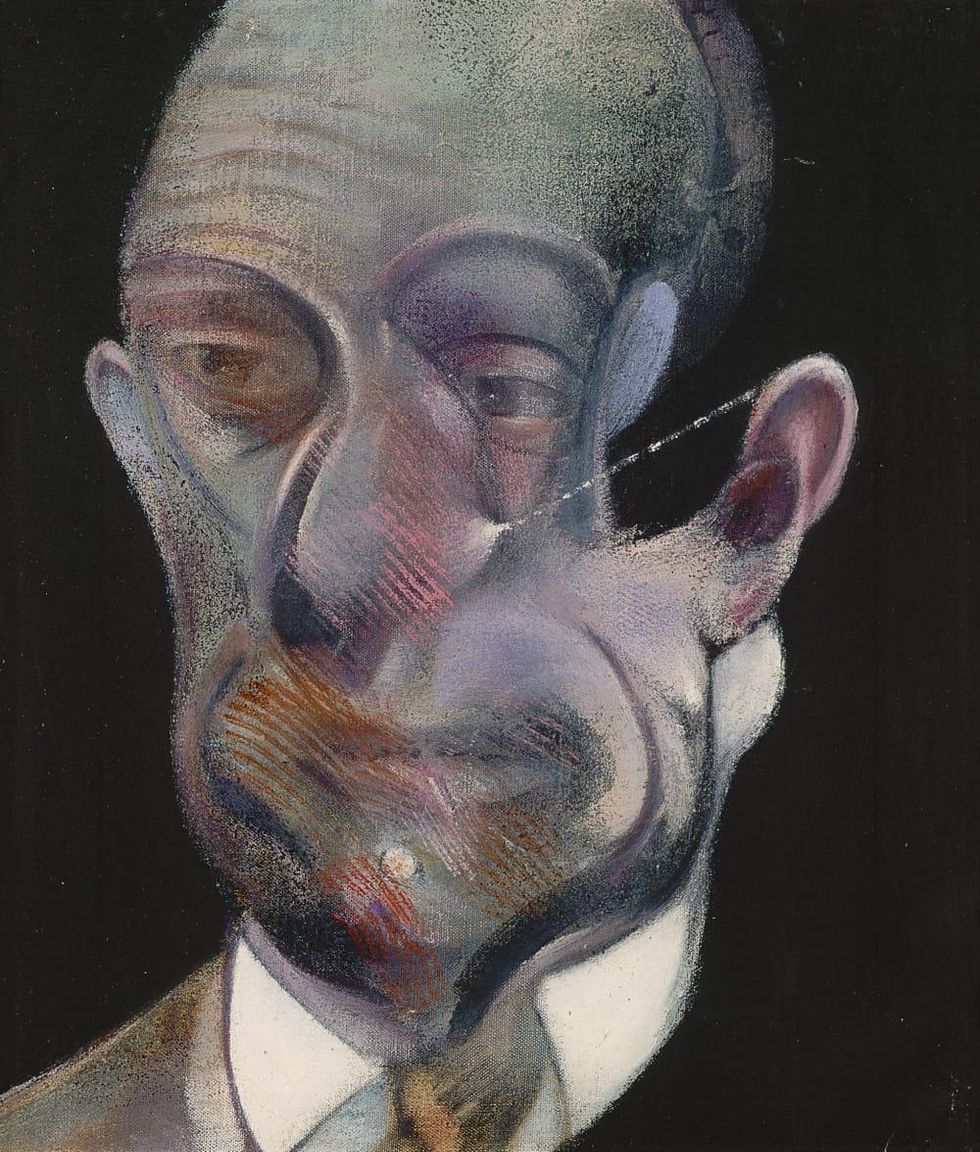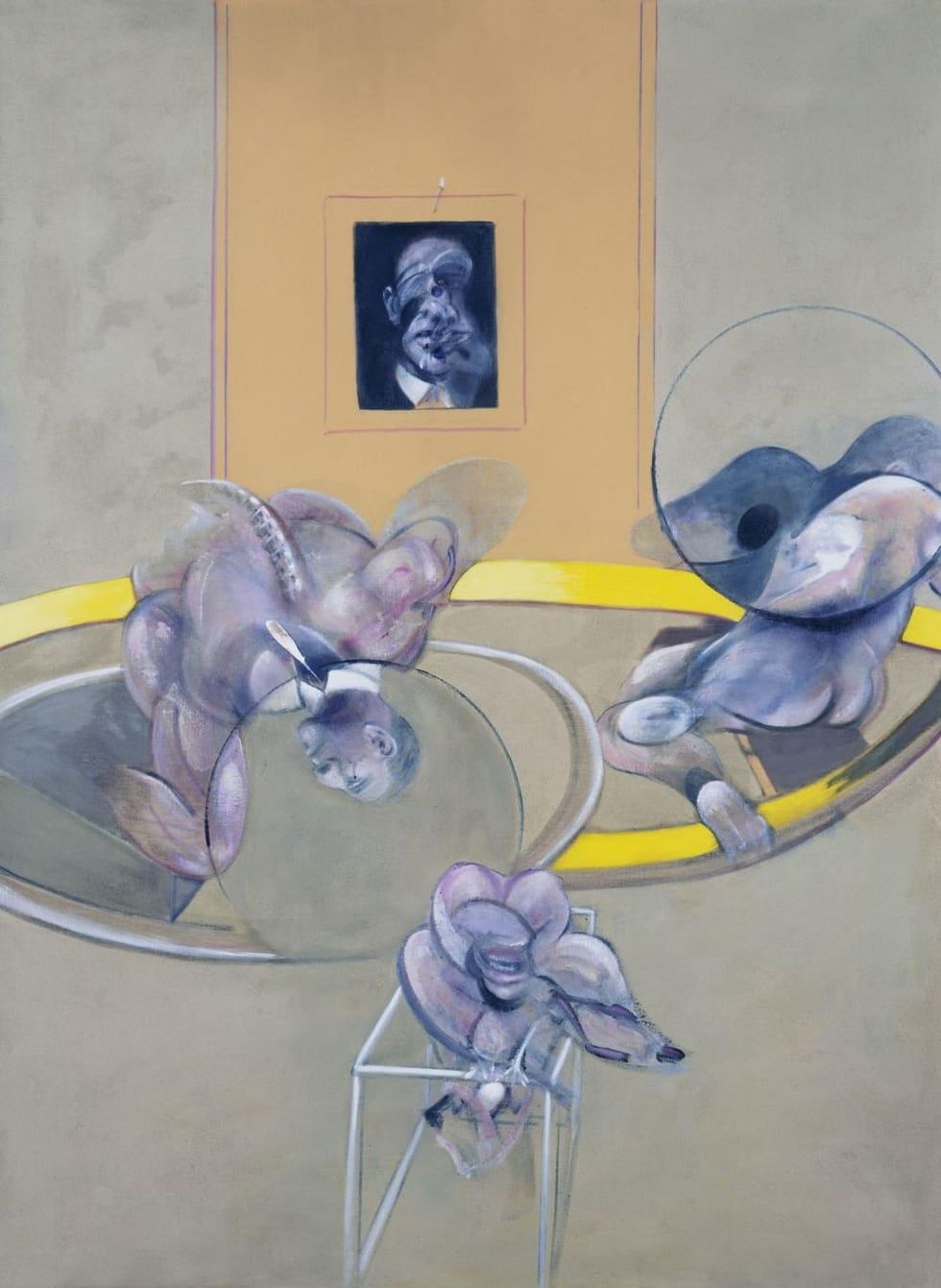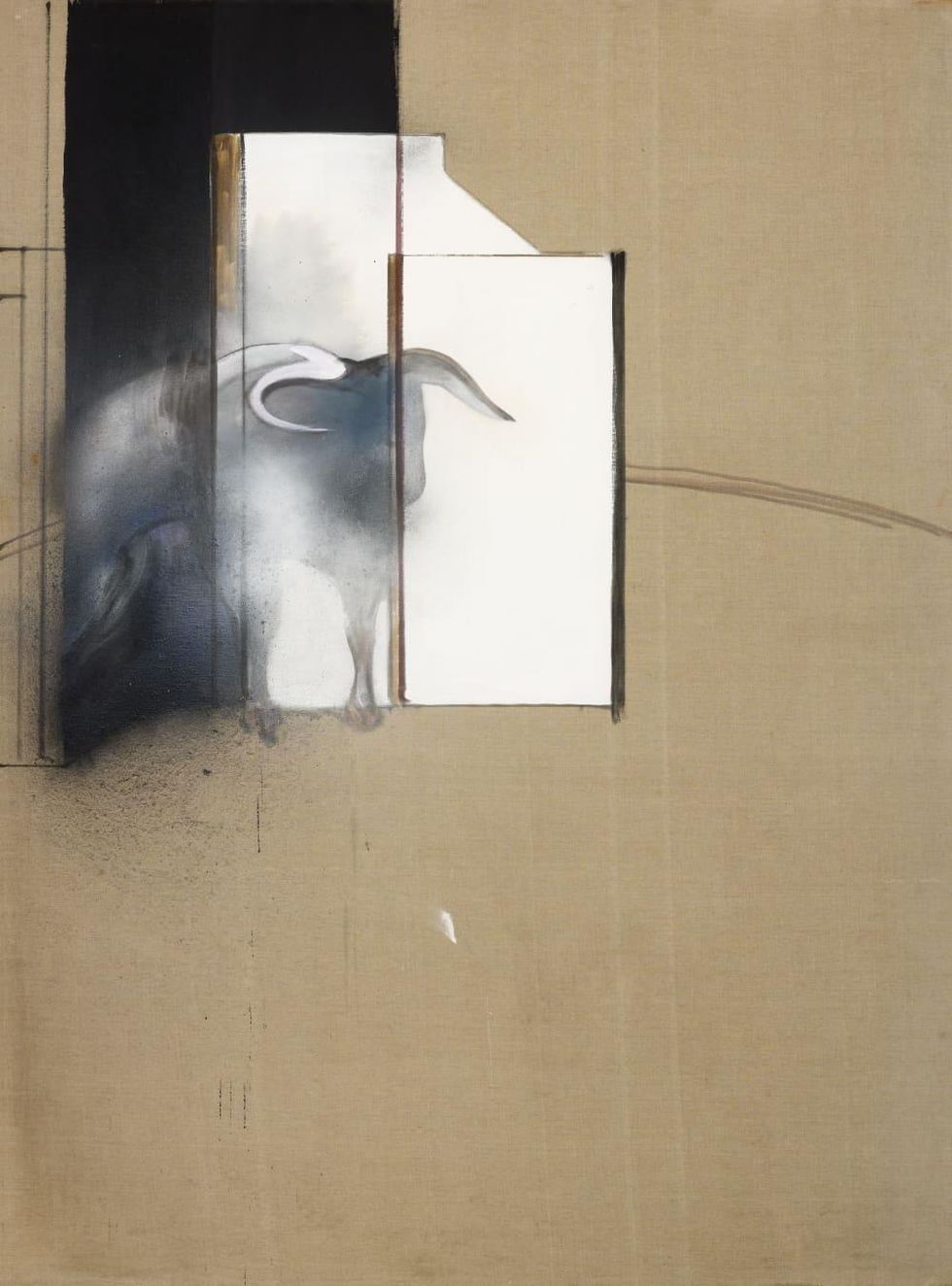Bacon's World
Texas museum delves into Francis Bacon's final works in new exhibition
A man far ahead of his time, artist Francis Bacon (1909-1992) was a bon vivant and gambler before he turned to painting in his 20s and 30s. When he finally settled into art, he soon became known for his edgy, provocative works, especially his imagery of crucifixes and his triptychs. Before long, he was a celebrated, profoundly influential figure in the art world.
Texans can delve into Bacon’s world when the Museum of Fine Arts, Houston presents “Francis Bacon: Late Paintings.” Organized by the Centre Pompidou, where it debuted in September 2019, this is the first in-depth museum showcase of Bacon’s production in his final decades, and the first museum exhibition of the artist’s work to be seen in the U.S. since the Metropolitan Museum of Art’s 2009 retrospective in New York.
The exhibition is on view in Houston from February 23 through May 25, 2020.
In 1971, Bacon was at a turning point in his career as he prepared for a major retrospective mounted at the Grand Palais in Paris. The paintings that led up to this exhibition are among those featured in the Houston presentation, including Portrait of George Dyer in a Mirror, 1968, and Triptych, 1970.
The installation will open with a series of self-portraits, introducing Bacon’s vivid presence at a time when he stated “[I have] no one else to paint.” On October 24, 1971— two days before the opening of Bacon’s Grand Palais retrospective — Dyer, Bacon’s companion (and, many note, lover) of many years, died by suicide in a Paris hotel. Over the decade that followed, Bacon repeatedly paid tribute to Dyer in an ongoing series of paintings.
The exhibition pairs two of his most powerful triptychs dedicated to Dyer, the harrowing In Memory of George Dyer, 1971, and Triptych August 1972, 1972. Introducing one of the exhibition’s central themes, the immediacy of experience and the role of memory, these paintings also touch on Bacon’s literary sources, which ranged from the Greek tragedies of Aeschylus to the contemporary writings of T. S. Eliot and Jean-Paul Sartre.
While Dyer remained Bacon’s most troubling muse, Bacon also branched out into new directions as well, including landscapes, a genre he had abandoned altogether between 1963 and 1978. His landscapes of the 1980s are particularly bold, reconciling the tension between abstraction and representation that animated the artist’s work across his career. Bacon also introduced a fresh astringency to these late works, deserting his densely layered compositions for a new clarity of line and color, which can be seen in Street Scene (with Car in Distance), 1984, and Painting March 1985, 1985.
Also on view will be portraits of his close contemporaries, including the poet Michel Leiris, who observed: “[Bacon’s paintings] help us, most powerfully, to feel the sheer fact of existence as it is sensed by a man without illusions.”
As the MFAH notes, in Bacon’s final paintings, figures become all the more vulnerable, nearly consumed by the empty fields of raw canvas or flat color that surround them.
The Houston exhibition will include his final triptych of 1991, as well as Study of a Bull, 1991, his last completed painting. Unseen for more than two decades, it resurfaced a few years ago from a private London collection and has been shown only once prior to this exhibition.
---
“Francis Bacon: Late Paintings” opens February 23, 2020 and remains on view through May 25, 2020, at the Museum of Fine Arts, Houston.



